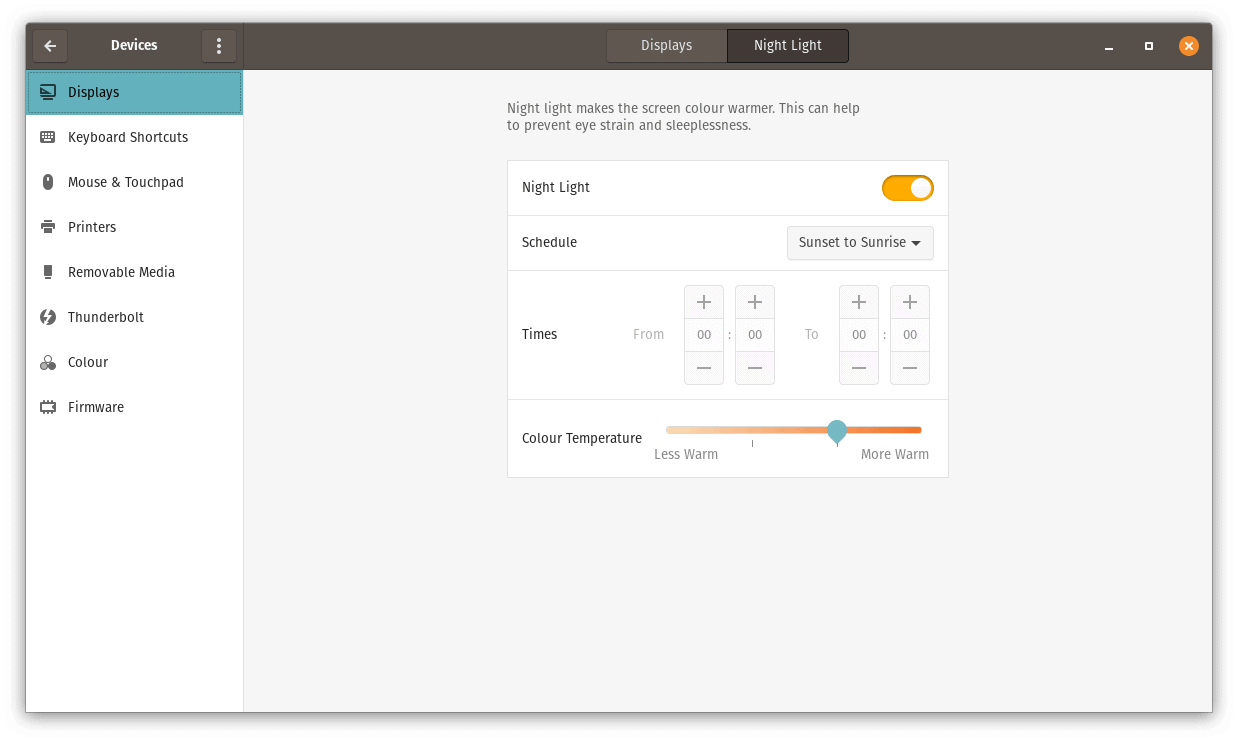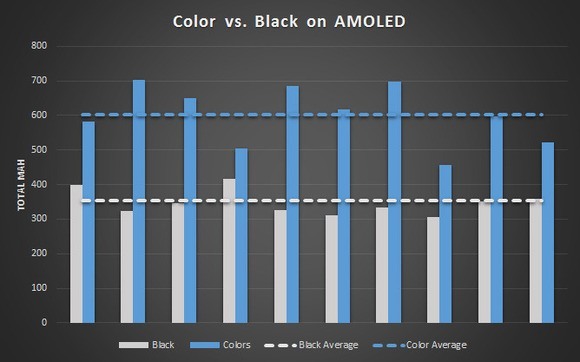Is Dark Mode Good For Your Eyes?
28 Apr 2020
I’ve decided to stop using dark mode across all of my devices, because research suggests that going to the dark side ain’t all that.
The darkness is everywhere. In fact, this very site that you’re on right now automagically flips to dark mode if you’re that way inclined. There’s lots of hyperbole flying around about why the darkness is better than basking in the warm glow of light mode.
You know what, I really love using dark mode because it’s easier to read, doesn’t strain my eyes and saves my battery.
Techbros everywhere
I was one of these techbros. I’ve used those very excuses in the past to justify my use of the darkness. But after doing some research on dark vs light, I’ve made the decision to stop using dark mode everywhere. Here’s why…
It’s Easier To Read
A nice dark screen with light text is easier to read, right? Well, according to multiple studies, that’s wrong apparently. The Nielson Norman Group, sum this up well in their post about dark mode, saying:
Results showed that light mode won across all dimensions: irrespective of age [of the individual], the positive contrast polarity [light mode] was better for both visual-acuity tasks and for proofreading tasks.
Humans have evolved to hunt during the day. On a biological level, our eyes prefer the contrast between a light background and dark foreground.
When I was in the military, a key tactic of camouflage was to never, under any circumstances, expose yourself on a hilltop or similar, where your silhouette could be easily identified. A dark blob on a light background is far easier for the human eye to see, than the reverse.
Eye Strain
Many people quote light mode as being a contributory factor to eye strain. Based on the reading I’ve done, this doesn’t appear to be true. The NN Group also cover eye strain in their post:
The human pupil is the gateway to the retina: through it, light reaches the eye. By default, the human pupil changes size depending on the amount of light in the environment: when there is a lot of light, it contracts and becomes narrower, and when it’s dark, it dilates to allow more light to get in. Smaller pupil sizes make the eyes less susceptible to spherical aberrations (in which the image appears unfocused) and increase the depth of field, so people don’t have to work so hard to focus on the text, which, in turn, means that their eyes are less likely to get tired.
Many people perceive light mode as the cause of eye strain. But blue light, among other things, is actually the cause of it most of the time. This is covered in more detail by Vice, where they say:
A 2018 study published in BMJ Open Ophthalmology notes that blue light could be a factor in eye tiredness, but cites dry eyes from not blinking for long periods as a more serious cause of eye strain, as well as too-small fonts, and conditions like uncorrected astigmatism.
That’s part of the reason why I use nice large fonts on this website. I hate it when a website loads with a 12px serif font that just looks like a blur, even when I have my glasses on.
A better remedy for eye strain would be to enable night light on your operating system, which will reduce the your screen’s blue light output. Also, take regular breaks and make sure you’re blinking often enough!

If headaches and eye strain persist, go see an optician. I had the same problem about a year ago; it turns out I am long-sighted and require glasses. Since then, my headaches and eye strain have pretty much stopped.
Dark Mode Saves Battery
Unless you’re using an OLED or AMOLED screen and your dark mode is truly black - not dark grey, not dark blue, BLACK. There is no difference in power consumption.
How many dark sites or applications actually use true black for their dark background? Not many. Most use either a dark grey, or dark blue. This site included.
MakeTechEasier elaborate on the whole OLED/AMOLED vs standard LCD argument. When an OLED/AMOLED pixel is black, it’s turned off, so no power is used. Yet power is still required for LCD to display black pixels.
Android Authority carried out tests using dark mode on a device with an AMOLED screen. The results showed a reduction in battery consumption by around 41%.
 Credit: Android Authority
Credit: Android Authority
So although this argument holds some water, the majority of phones on the market are LCD. Around 30% of devices had AMOLED/OLED screens in 2019, and they are not projected to hit a majority market share until 2023 (source).
Conserving my device’s battery is the least of my concerns though. My health is far more important. Besides, I spend the vast majority of my time on my laptop or desktop, both of which have LCD screens. AMOLED/OLED is still rare in the laptop/desktop space.
Conclusion
According to the reading I’ve done, dark mode isn’t easier to read and it doesn’t prevent eye strain. However, in very specific circumstances it can improve battery life.
I’m sure there are people out there who genuinely need dark mode for a specific health condition. For that reason, there will continue to be a dark mode on this site.
But if you’re like me, and just prefer dark mode, you may be making things more difficult for yourself and actually damaging your eyes in the long run.